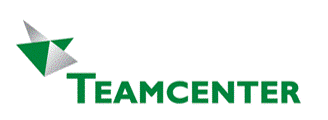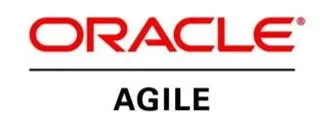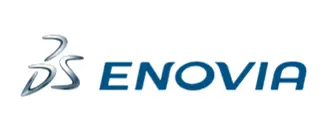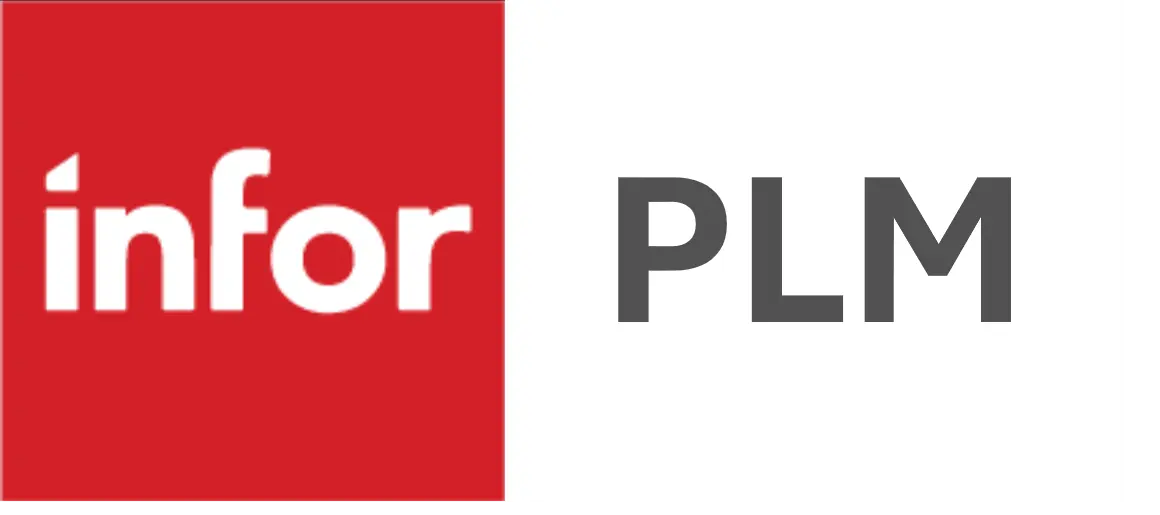Introduction
In this article we will look at Product Lifecycle Management (PLM) Systems, Product Data Management (PDM) Systems, and address their overlap – including, what makes a PLM system a PLM system?
What are Product Lifecycle Management (PLM) Systems?
Product Lifecycle Management (PLM) systems are used to manage the evolving data generated through a product’s life, from its inception, through development to launch, and beyond. PLM systems are an essential component to the architecture of any Engineering and Manufacturing company. Choosing the best system for your requirements, configuring and using it correctly, and integrating with other systems can have a dramatic increase in the organisational productivity and collaboration, improved product quality, and accelerated product time-to-market.
What are Product Data Management (PDM) Systems?
PDM systems are specifically focused on managing product-related data, primarily CAD files, Bill of Materials (BoMs), and design versions. These systems aim to store, organise and control the data – meaning it is a repository where stakeholders (mainly Engineers) can read and write data, see the history and status of their design changes, and prevent modification to data when necessary, such as locking for editing, or locking data once it is released outside of the system.
PDM mainly focuses on the ‘Design’ and ‘Development’ phase of the product lifecycle where the Engineering definition of a product is created or maintained.
PDM or PLM System – What’s the Difference?
Many Product Lifecycle Management systems (PLM) are Product Data Management (PDM) systems, and visa-versa. However, there are differences between these systems and there are some cases of PLM systems which do not have PDM functionality, and quite commonly cases where PDM systems do not have PLM functionality.
PLM systems aim to manage the full lifecycle of a product, meaning the design, manufacture, maintenance and eventual obsolescence or rebirth. While PDM is typically a part of PLM functionality, PLM systems have a much larger scope in terms of business processes and disciplines they encompass, and by extension the complexity and maturity of data they store and manage.
Typical PDM Functionality
General
Functionality
- Data Searching
- Version Control, Revisioning, and History
- Lifecycles and Status Control
- Access Control: Type, Status, Role
- Lock Data for Editing (Check-in / Check-Out)
- Change and Release Records
- Ability to interlink Data: Part, CAD, and Documents
- Data Publishing – Automatic background export and conversion of file types
CAD Data Management
- CAD Integration
- CAD Data Storage, Metadata and Files
- CAD Structures
- Typically MCAD Out-Of-The-Box)
Parts Management
- Part Records, Metadata
- Part BoM Structures
Document
Management
- Document Data Storage, Metadata and Files
There are many PDM systems which do not include all of this functionality. SolidWorks PDM Pro does not include Parts Management, for example.
Typical PLM Functionality
- All typical PDM Functionality
- Change and Release Management, Unauthorised Change Prevention
- Process Management and Workflow Automation
- Data Maturity Management and Collaboration Across Disciplines
- Integration to other systems Supply Chain Management
There are many PLM systems which do not include typical PDM functionality.
Some PLM systems do not manage CAD data.
What is your organisation’s situation?
a) Does your organisation’s system have PLM functionality?
b) … is your organisation using the PLM functionality?
It is very common for companies to license a PLM system but only use a small fraction of its’ possible functionality; Often, the PLM system will be used in a PDM capacity – restricted to Engineering users, and perhaps Procurement or Manufacturing users for viewing Released data.
Featured Systems
Known for its strong integration with CAD tools, offering end-to-end lifecycle management and product data collaboration.
Comprehensive PLM software that integrates data, processes, and people across the product lifecycle.

A cloud-based PLM solution offering collaboration tools, change management, and workflow automation.
Part of Oracle’s enterprise application suite, this PLM system focuses on product quality, governance, and compliance.
A robust platform from the 3DEXPERIENCE suite, supporting collaboration, data management, and lifecycle governance.
Integrates deeply with other Infor ERP systems, providing comprehensive tools for product data management, innovation, and quality control.
A cloud-native solution tailored for high-tech and medical device industries, emphasising collaboration and compliance.
An enterprise-wide solution that integrates with other SAP ERP systems, focusing on managing the entire product lifecycle.
Open-source PLM platform known for its flexibility and ability to handle complex, custom workflows.








